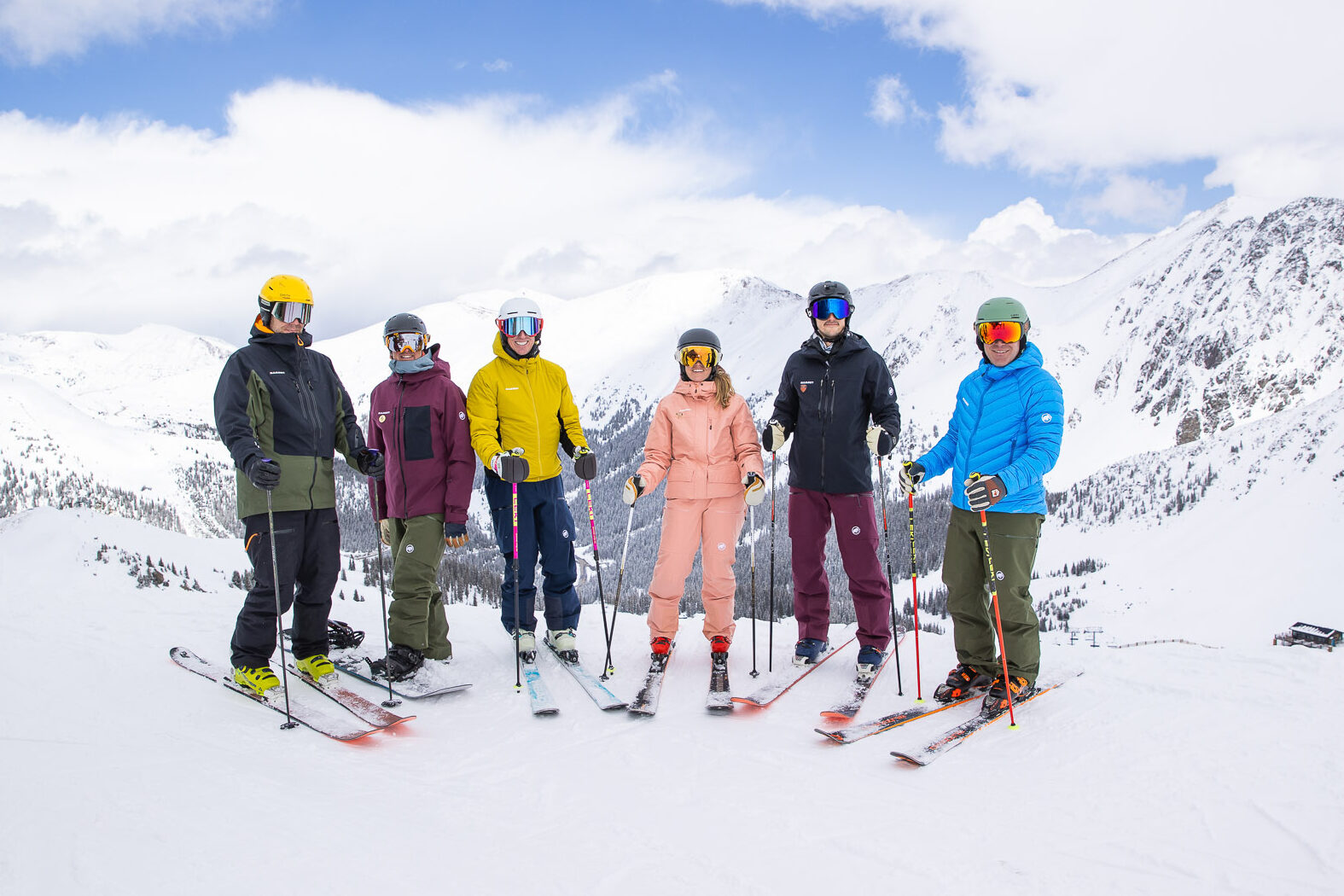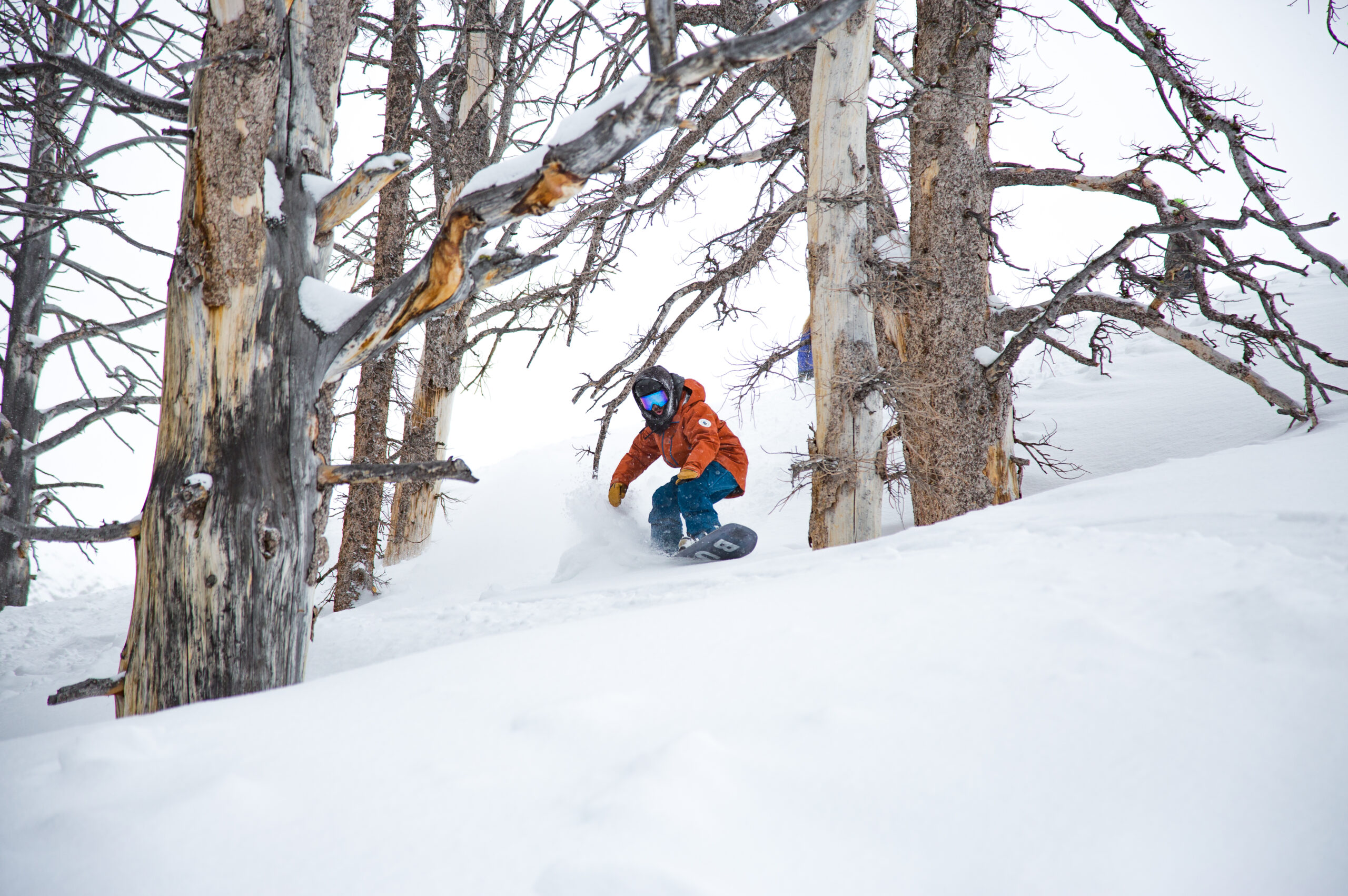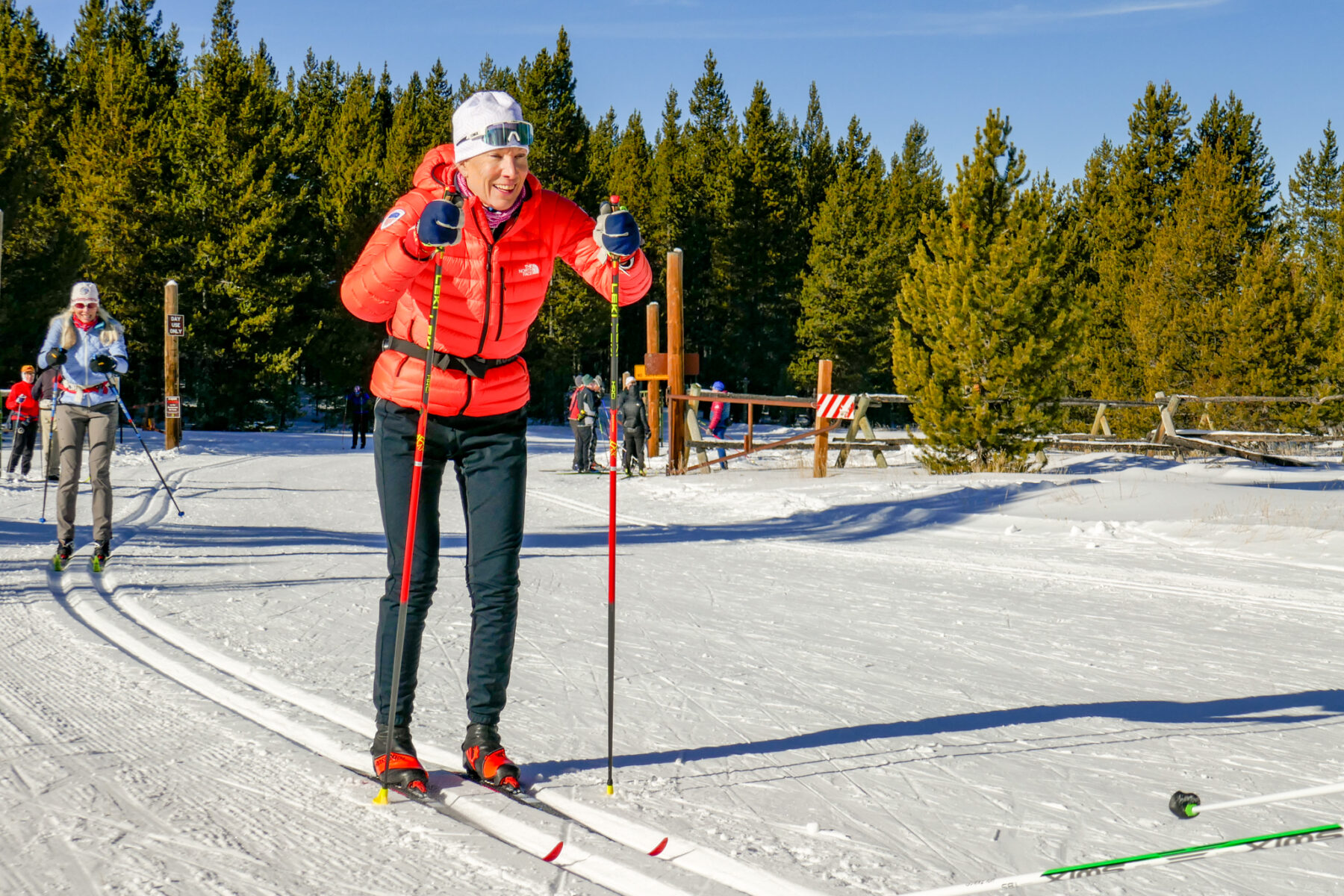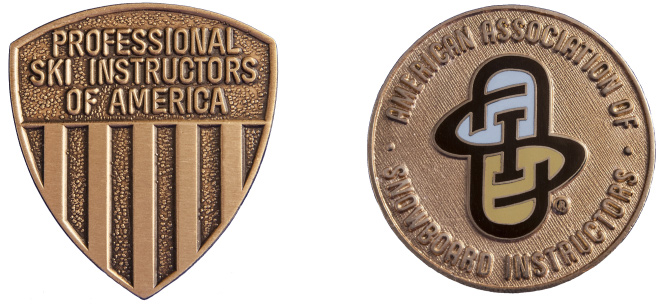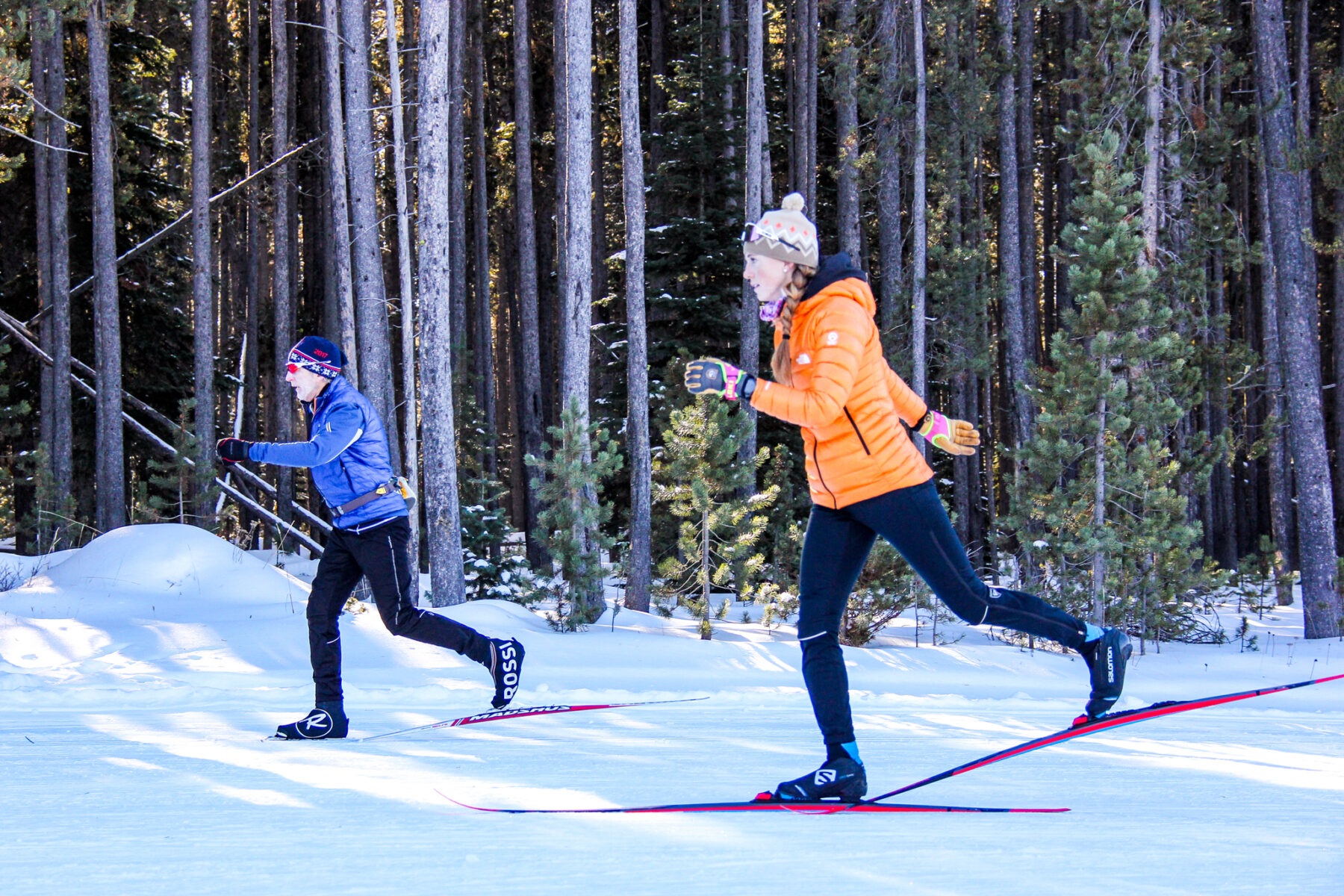
Turn Your Passion into a Career: Become a Snow Pro
PSIA-AASI certification is a professional credential recognized worldwide and relied on by most U.S. ski areas to determine an instructor’s proficiency. PSIA-AASI certifications and certificate programs validate the skillsets of professional snowsports instructors at multiple levels and in all five major disciplines, plus specialty credentials for children’s and freestyle specialists. Certification indicates you are skilled in teaching, technical, and people skills; are prepared to deliver an excellent guest experience; and are highly passionate about sharing the joy of skiing or riding. Whether instruction is your gap year or your life career, the PSIA-AASI certification process develops transferrable skills and offers a path to more pay, more fun, more opportunity, and more proficiency.
Advantages of Certification
PSIA-AASI offers one of the only professional development pathways in the outdoor recreation industry. You can start from scratch and rise through the ranks to become a resort VP with the experience you gain as a certified instructor, or transfer your skills to whatever career you find yourself in. Earning a professional credential from PSIA-AASI (or several) gives you greater confidence, connects you to a tight and passionate community, and opens doors you never could have imagined.
Higher pay as a certified instructor
more and different instructing opportunities
improveD ski / snowboard abilities
universal skills for a stronger resume
CAREER ADVANCEMENT on and off snow
opportunity to cultivate return clients
What It Takes
PSIA-AASI certification is professional credentialing for snowsports instructors. Your journey begins with free educational coursework, culminates in an on-snow exam, and continues with ongoing education once you earn your Level 1.
Choose Your Discipline
PSIA-AASI offers professional certification in all major snowsports disciplines. Start with Level I and work your way up to Level Ill, gain certification in multiple disciplines, or explore children’s and freestyle specialties. Beyond Level III, you can become an instructor trainer, join our education staff, and aim for the National Team. Choose your sport to learn more.
Professional Skills for Professional Instructors
PSIA-AASI's training and credentialling processes and materials are built on 60+ years of research and development. They are created by the country's best teachers and skiers/riders and continually evolving to meet the needs and expectations of the modern snowsports guest. Through instructing and certification, you can improve your abilities in leadership, discipline, public speaking, child development, lesson planning, risk management, understanding group dynamics, and rapid decision-making.
It's all part of the PSIA-AASI Learning Connection Model, which emphasizes that great lessons rely on an instructor's ability to offer a blend of people, teaching, and technical skills. This approach creates informative, fun, and personalized experiences that keep students engaged in the learning process for life.
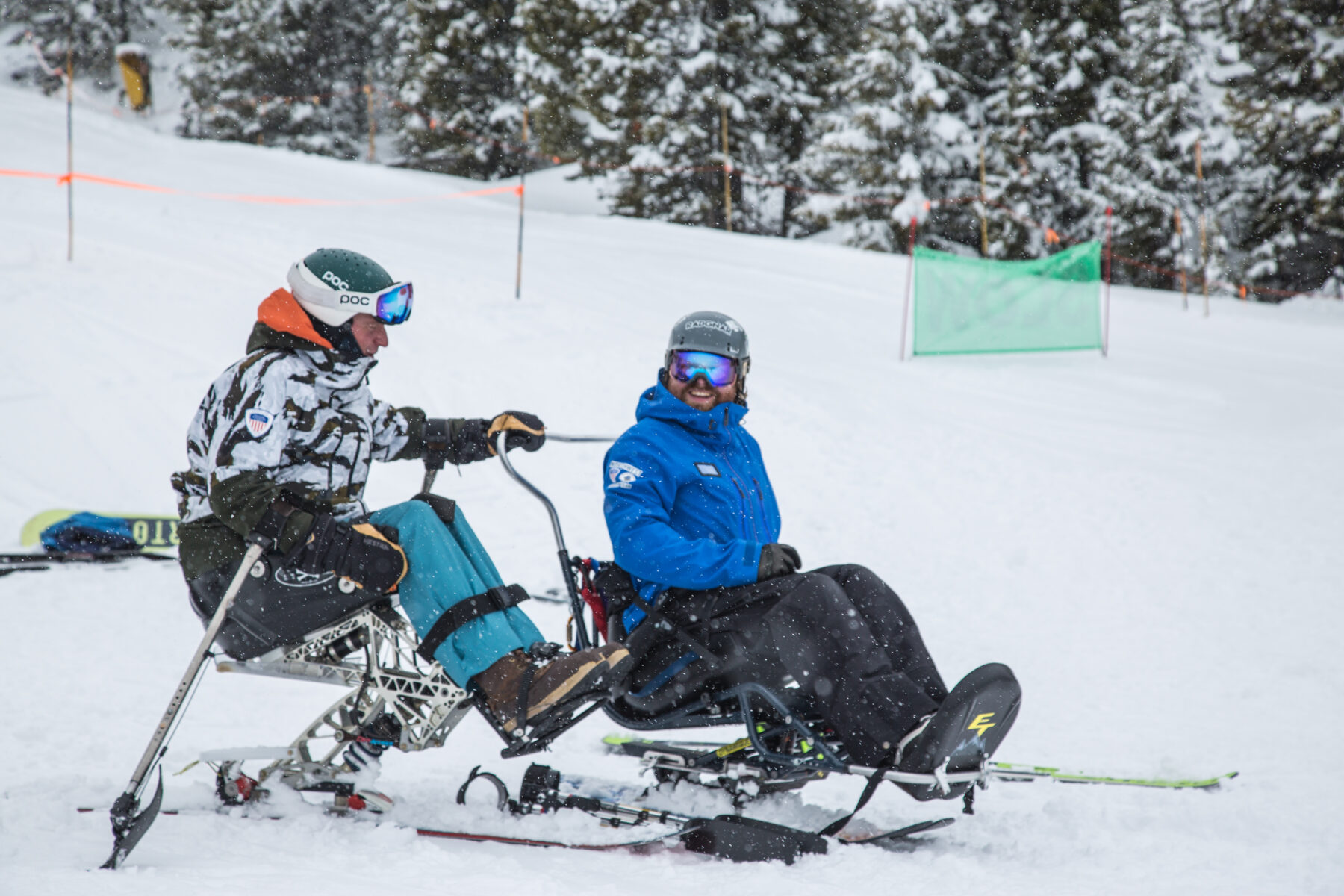
not Yet an Instructor?
Learn More About the Job
Ski and snowboard instruction is one of the most common entry points into the outdoor recreation industry, with thousands of instructors working across the U.S. each winter season. It's a great choice for everyone from casual participants to former racers, from those looking for a seasonal job to people wanting to break into the outdoor industry, from high school students seeking important life skills to retirees who aren't ready to stop sending it. With more than 450 alpine ski and 350 cross-country ski areas in 37 states, you can find a job in more places than you might imagine, from a destination mountain town like Big Sky, MT, to a big city like Cleveland.
Testimonials
The Best Never Stop Learning
Our culture is one of continual growth and exploration, and we are here to support your journey to becoming a more confident, creative, adaptable instructor. Maintaining a current PSIA-AASI certification requires earning continuing education units (CEUs) each season, no matter your level. Continuing education includes:
- On-snow peformance clinics
- Teaching workshops
- National academies
- E-Learning courses and webinars
Sign up for our
email newsletters
Not a member but want to learn more about ski and snowboard instruction and the benefits of professional certification? We'll send you occasional information and stoke so you can see if this community is right for you!

